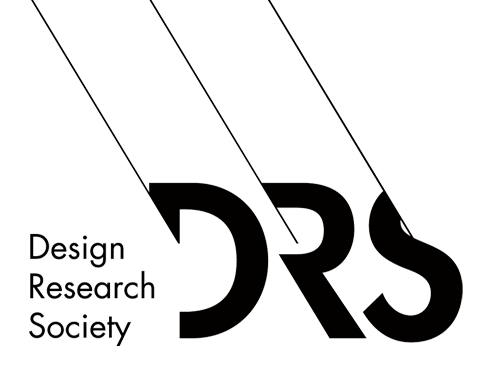Abstract
Artificial intelligence has rapidly gained prominence across industries and academia. However, its swift diffusion, coupled with the interdisciplinary nature of related studies, has resulted in fragmented literature, making it challenging to align diverse perspectives under shared and identifiable research trajectories. This challenge became evident while working with data from a systematic literature review we previously conducted on artificial intelligence in human-AI collaboration studies within design-related fields. Building upon this dataset, we examined how researchers label artificial intelligence in their work, recognising terminology as a central factor contributing to this fragmentation. Through an exploratory study, we identified 79 unique labels, categorising them into primary and secondary keywords. Using this data, we developed a tripartite network visualisation to map the relationships between these labels, offering insights into their specificity and the perspectives they represent. To examine the network’s interpretive potential, we engaged three design researchers in a hands-on activity, analysing how they navigated the network in relation to their research work. The findings of this study highlight the value of labels as a positional tool capable of reflecting both the richness and ambiguity of the discourse. Our analysis suggests that the network can aid practical applications, such as clarifying terminology, situating research within the broader field, stimulating critical reflection, and fostering collective discussions. Our main contribution to knowledge lies in presenting a novel framework for addressing the fragmentation of artificial intelligence literature. By reflecting on how labels and their interconnections can uncover underlying research trajectories, this framework fosters alignment while valuing and clarifying the multiplicity of perspectives, moving away from pursuing a singular, unified view.
Keywords
artificial intelligence; labels human-AI; collaboration; network visualization; design research
DOI
http://doi.org/10.21606/eksig2025.126
Citation
Figoli, F.A., Facchin, A., Gobbo, B.,and Mattioli, F.(2025) Richness and Ambiguity: Mapping Artificial Intelligence Labels in Human-AI Collaboration Research, in Karyda, M., Çay, D., Bakk, Á. K., Dezső, R., Hemmings, J. (eds.), Data as Experiential Knowledge and Embodied Processes, 12-13 May, Budapest, Hungary. https://doi.org/10.21606/eksig2025.126
Creative Commons License

This work is licensed under a Creative Commons Attribution-NonCommercial 4.0 International License
Richness and Ambiguity: Mapping Artificial Intelligence Labels in Human-AI Collaboration Research
Artificial intelligence has rapidly gained prominence across industries and academia. However, its swift diffusion, coupled with the interdisciplinary nature of related studies, has resulted in fragmented literature, making it challenging to align diverse perspectives under shared and identifiable research trajectories. This challenge became evident while working with data from a systematic literature review we previously conducted on artificial intelligence in human-AI collaboration studies within design-related fields. Building upon this dataset, we examined how researchers label artificial intelligence in their work, recognising terminology as a central factor contributing to this fragmentation. Through an exploratory study, we identified 79 unique labels, categorising them into primary and secondary keywords. Using this data, we developed a tripartite network visualisation to map the relationships between these labels, offering insights into their specificity and the perspectives they represent. To examine the network’s interpretive potential, we engaged three design researchers in a hands-on activity, analysing how they navigated the network in relation to their research work. The findings of this study highlight the value of labels as a positional tool capable of reflecting both the richness and ambiguity of the discourse. Our analysis suggests that the network can aid practical applications, such as clarifying terminology, situating research within the broader field, stimulating critical reflection, and fostering collective discussions. Our main contribution to knowledge lies in presenting a novel framework for addressing the fragmentation of artificial intelligence literature. By reflecting on how labels and their interconnections can uncover underlying research trajectories, this framework fosters alignment while valuing and clarifying the multiplicity of perspectives, moving away from pursuing a singular, unified view.

